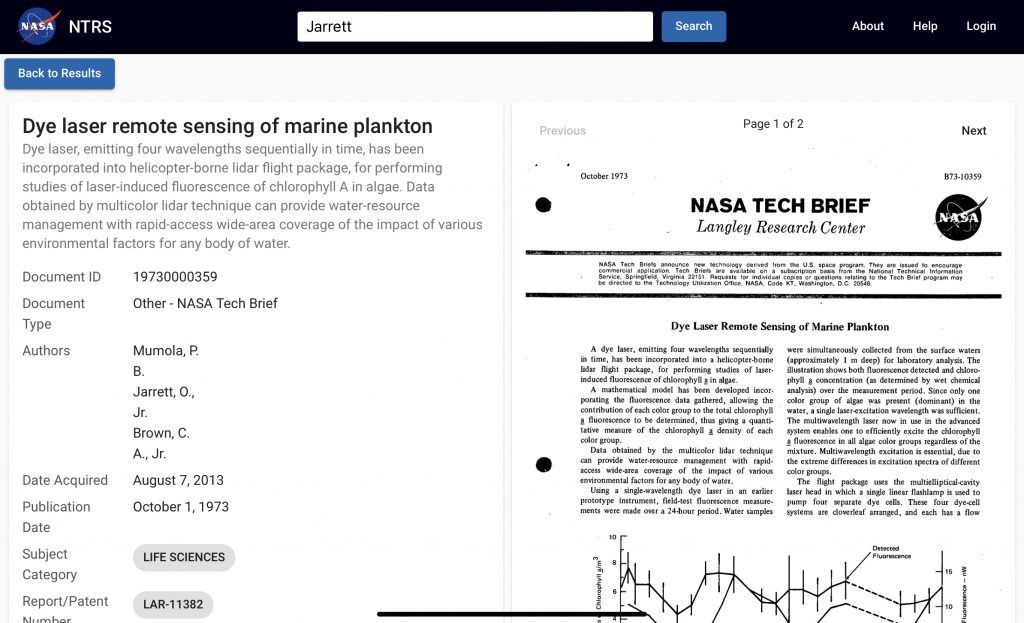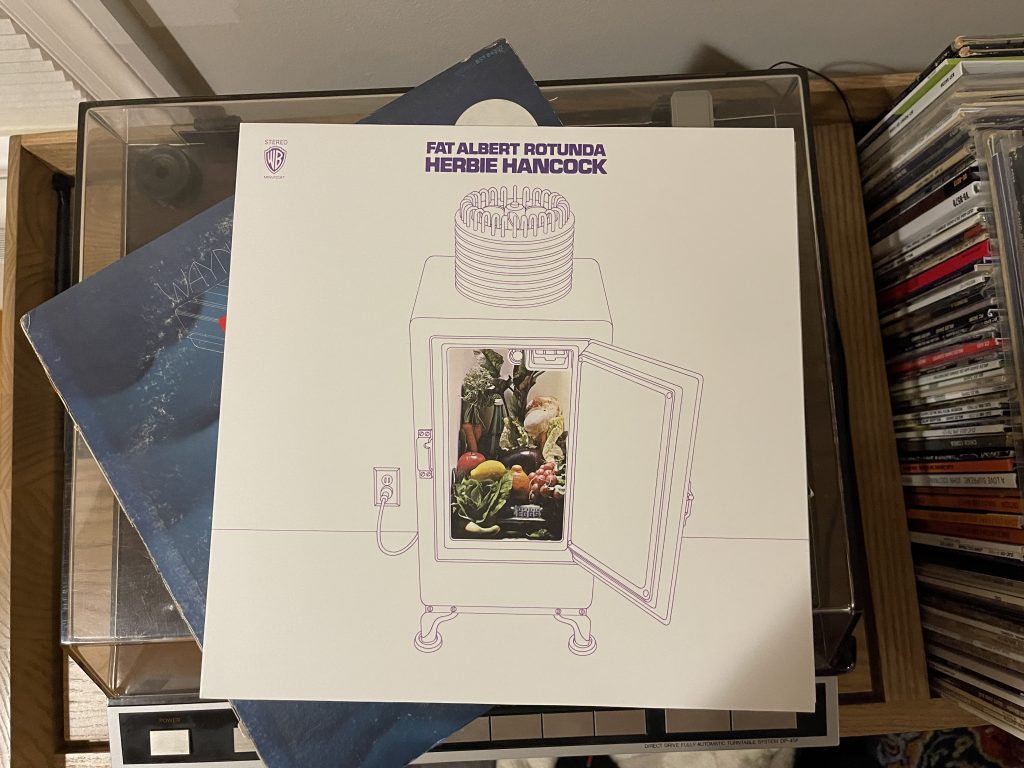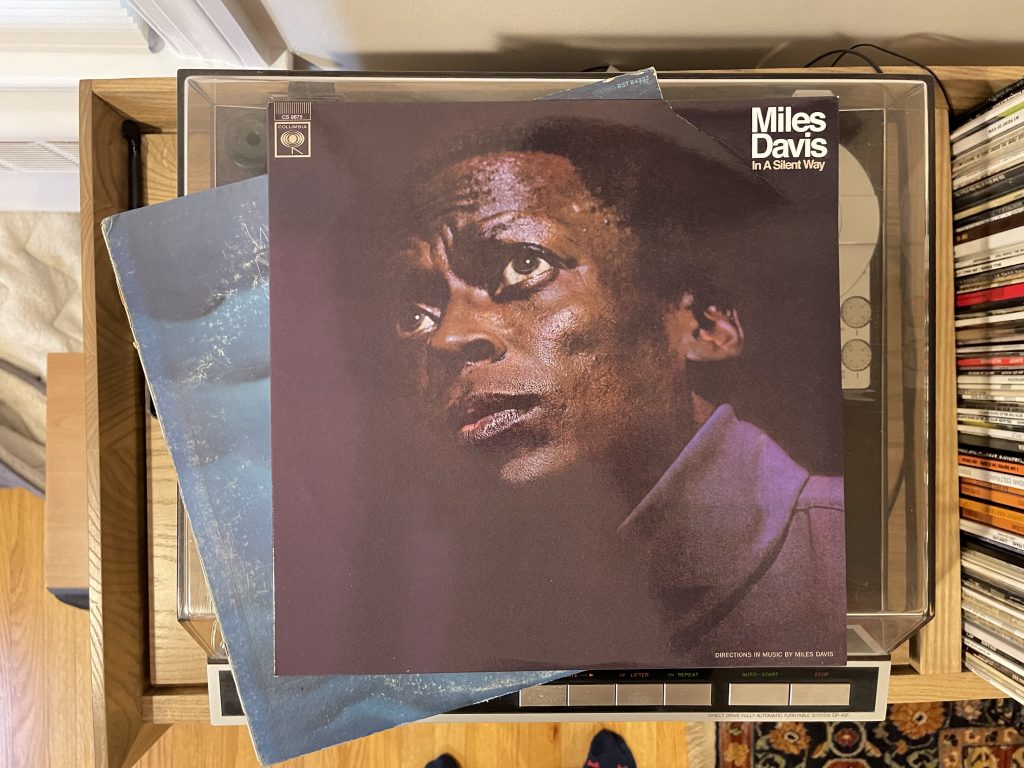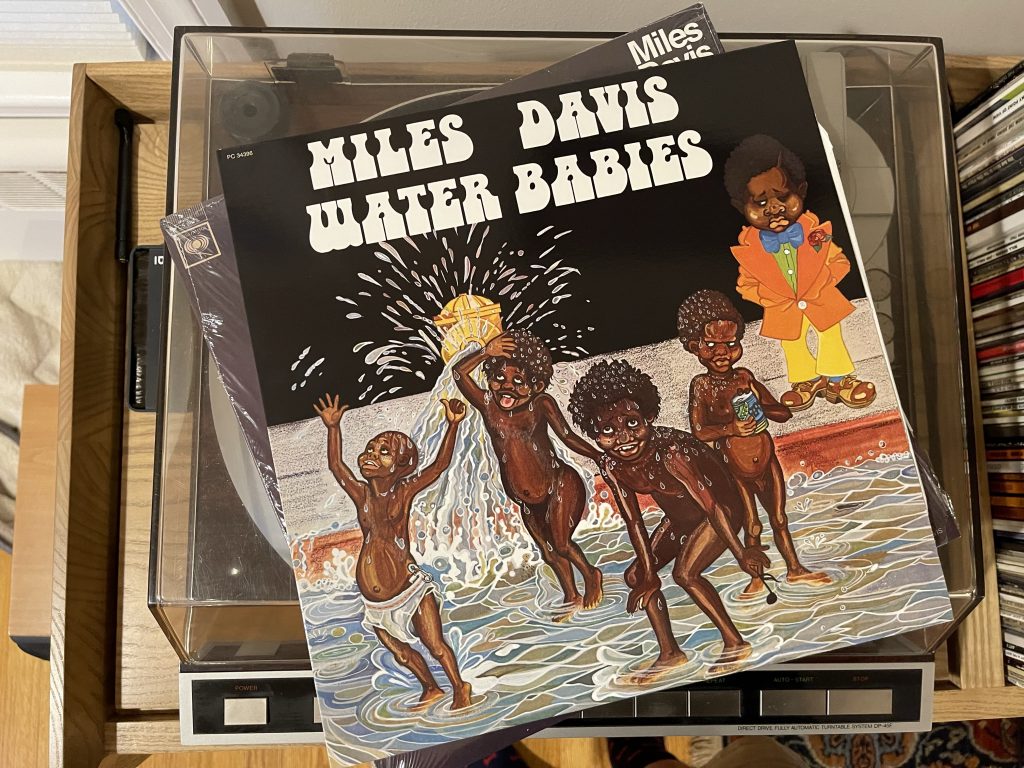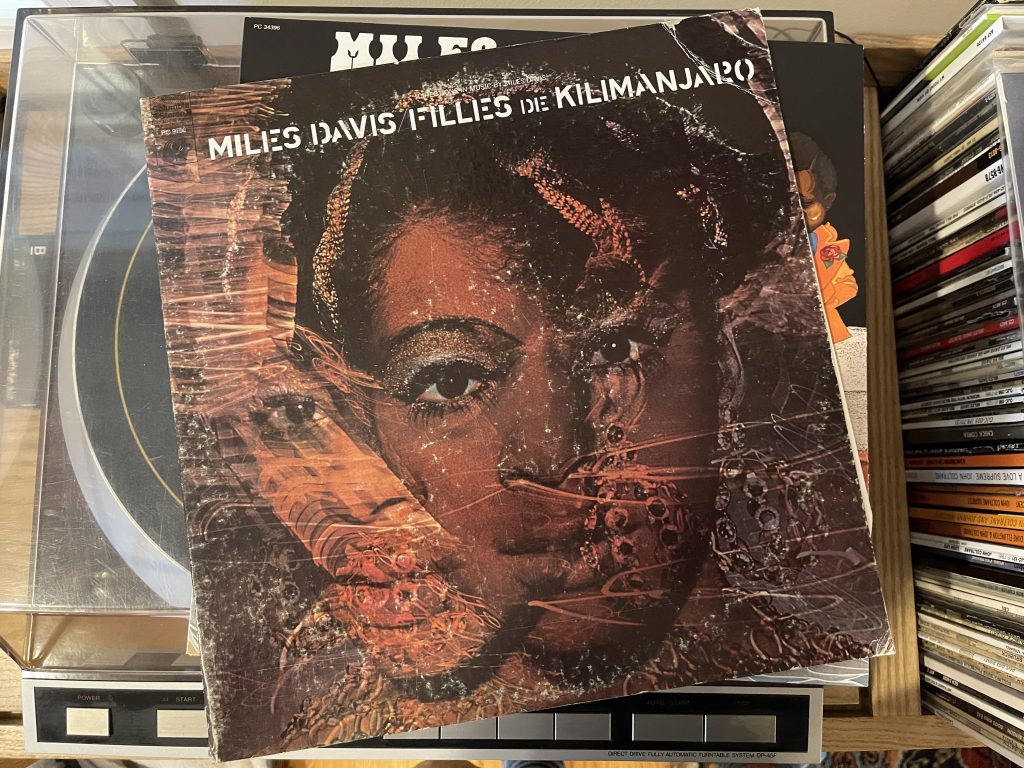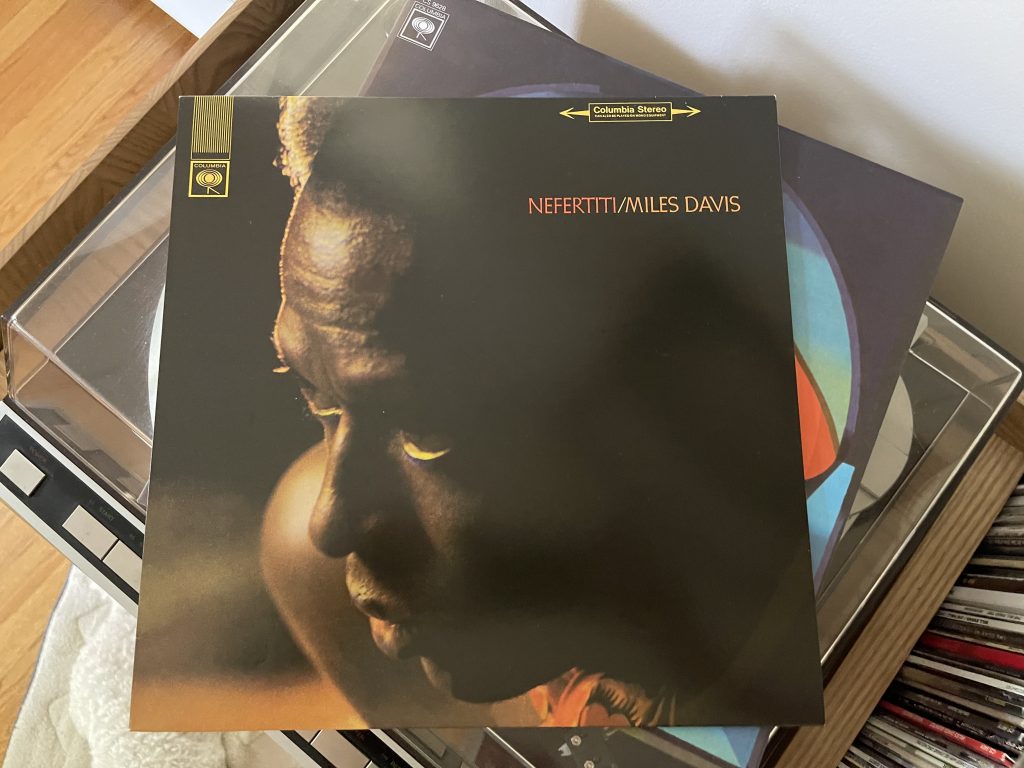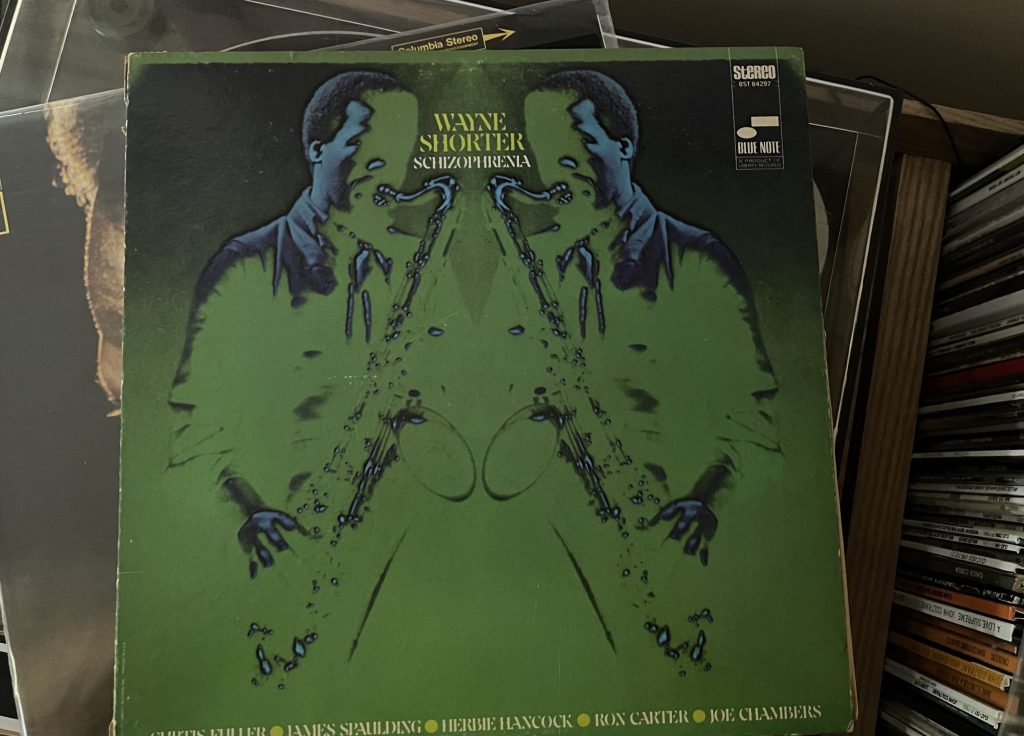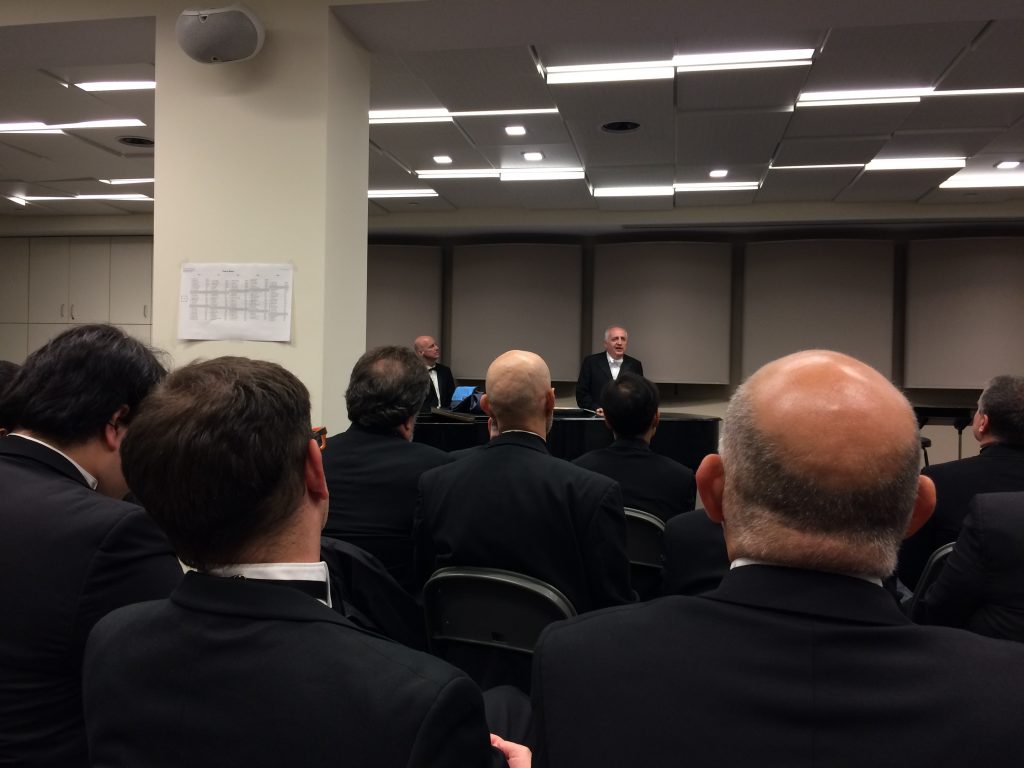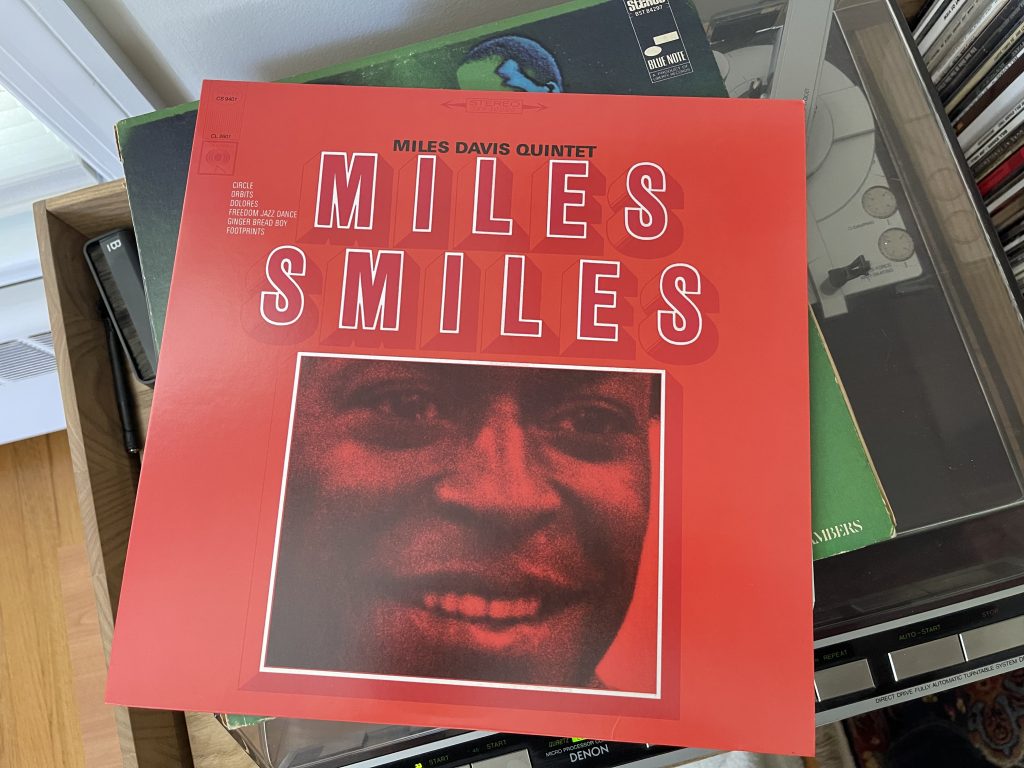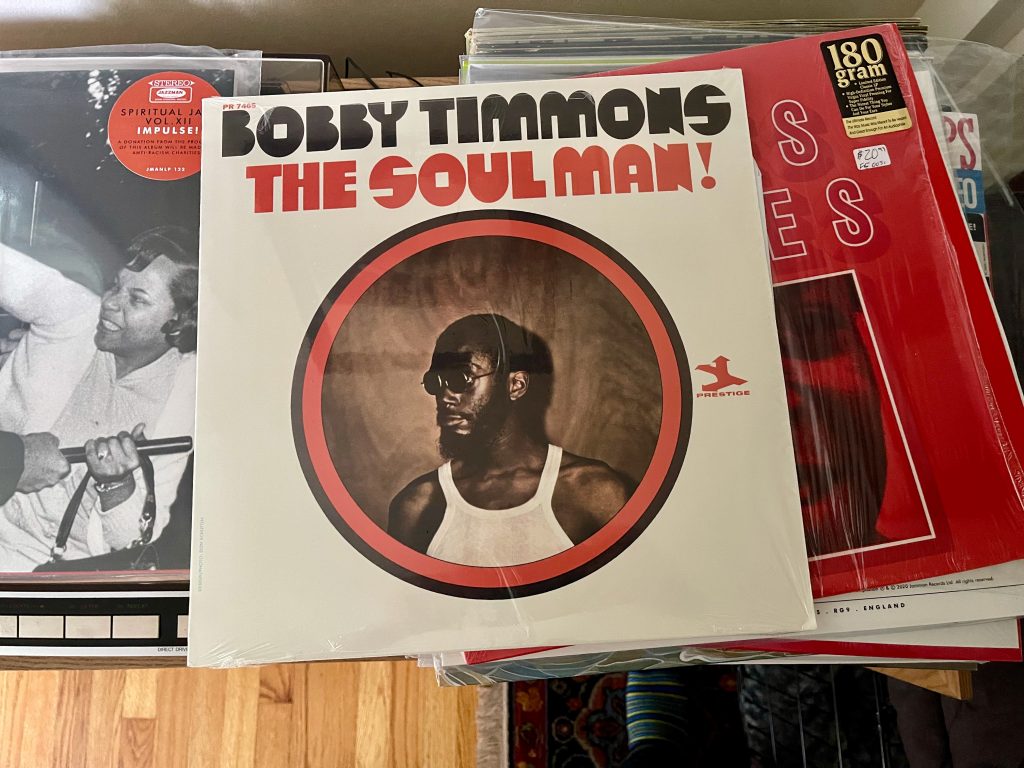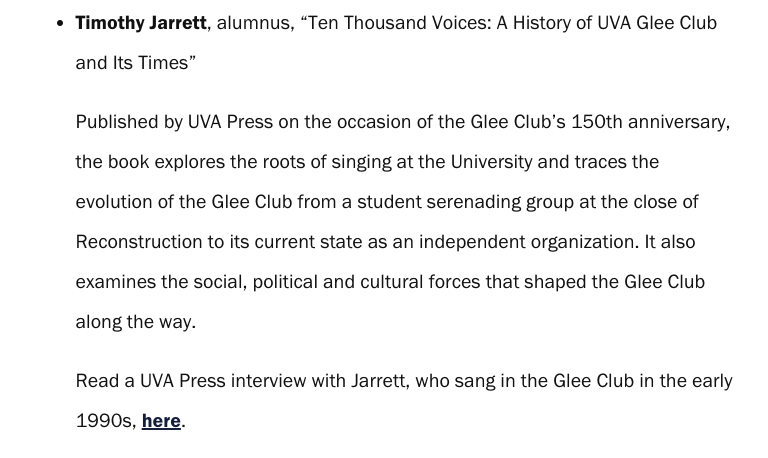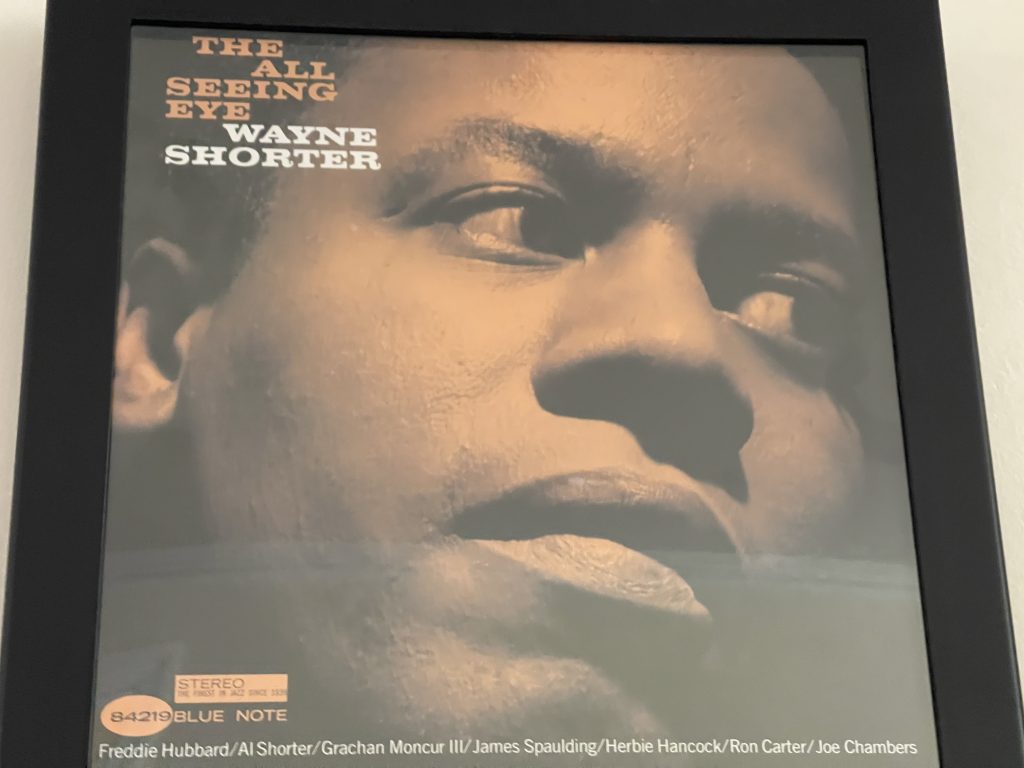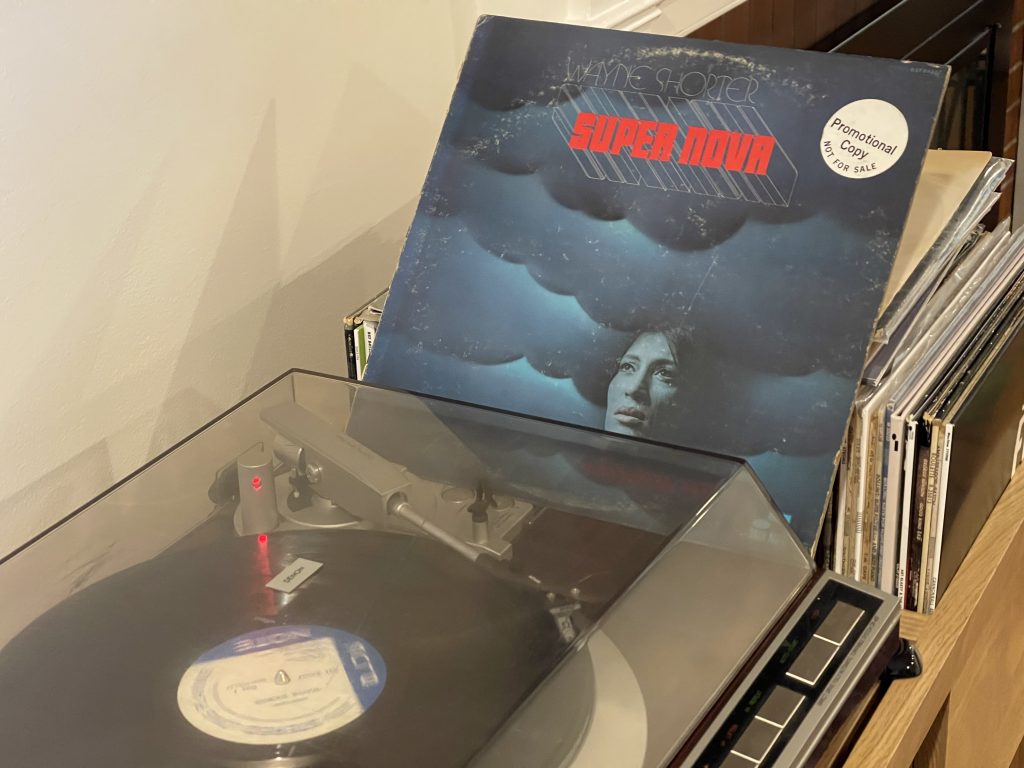
Album of the Week, September 3, 2022.
We’ve tipped over the edge of the world with today’s Album of the Week. Super Nova is our first post-Bitches Brew album, the first Wayne Shorter solo album to feature him on the soprano sax, the first album to tip from post-bop to free jazz that we’ve featured. It’s by turns intoxicating and disorienting. When I bought it in college, I had no idea what to make of it, and I’m still learning my way through it. It’s a ferocious album from an extraordinary group of musicians, deployed in a most unusual way.
For this session, recorded beginning eight days after the last session for Miles’ fusion masterpiece Bitches Brew, Wayne assembled an all-star cast of early fusion players. Guitarist John McLaughlin returned from Bitches Brew and In a Silent Way, playing guitar; he was joined on drums and vibes by Chick Corea (!!). Chick brought Miroslav Vitouš, a young Czech bassist who had played on several of his recent recordings and done sessions with Herbie Mann and Roy Ayers. From Miles’ Bitches Brew band, Jack DeJohnette was the primary drummer for the sessions and also played the kalimba; he was joined on percussion by Airto, the mononymous percussionist that was starting to appear with regularity on jazz fusion albums. Rounding out the band were avant-garde electric guitarist Sonny Sharrock and Niels Jakobsen on claves. And Walter and Maria Booker would memorably appear on one track together as well, on acoustic guitar and vocals.
The title track opens the album in full free jazz mode. Part of the dislocation of the album is immediately apparent in the instrumentation. With no keyboard instrument to center the chords, the soprano sax is the focus of the tonal energy, serene above a swarm of guitar and bass. What sound like screams reveal themselves to be interjections from Sonny Sharrock’s electric guitar. The whole thing might be as close as Shorter gets to the energy of some of Coltrane’s post-A Love Supreme recordings.
“Swee-Pea” opens more peacefully, with the vibes, chimes and guitars creating a bed for Shorter’s tranquil soprano sax melody. We’ve heard this tune before, as “Sweet Pea,” on the Miles compilation album Water Babies. Here, Shorter’s threnody for Billy Strayhorn subtracts much of the lushness of the arrangement of the earlier recording, revealing a melody simultaneously more powerful and more fragile on the soprano sax.
“Dindi” is a completely different thing again. The opening gives us chaos, in the form of percussion and guitars underpinning the single note solo on the soprano saxophone, all riding over the ostinato bass note that pulses a relentless rhythm. Then everything falls away except for the acoustic guitar of Walter Booker, accompanying the plaintive Portuguese vocals of his wife Maria. Overcome as she begins the second chorus, Maria’s solo ends in a choked sob, and the chaos returns. This was the track that made me put the album down for several years when I heard it as a college student; I just wasn’t ready for the naked emotions at play here.
“Water Babies” is sonically worlds away from the version recorded by Miles a few years earlier. And then again: many of the bones are there, only reconfigured. The pulsed base note of Miroslav Vitouš grounds us in waltz time, and the melody, here are in the soprano sax, retains some of its plaintiveness. But the performance is freer. And the ringing chords in the guitar, while continuing to locate the tone in the same minor mode as the prior performance, here leave more possibilities for the other players to explore.
“Capricorn” seems destined to be another exploration into chaos, with the intensely powerful opening by bass, electric guitar and drums. Indeed, Jack DeJohnette‘s drums continue throughout the song to roll chaos in the deep. But Wayne Shorter and John McLaughlin are up to something else. Shorter’s solo, by turns serene and fiercely impassioned, takes us to the emotional center of the album, and McLaughlin’s chords support the melody, turning it almost into a second conversation within the cacophony of the rhythm section. It’s a powerful contrast and a stunning performance.
“More Than Human” closes the album, with Shorter’s melody seemingly having completely committed to the sonic world created by DeJohnette, Airto and Sharrock. The soprano melody descends chromatically as though landing on the surface of an alien world, buffeted by gusts from Sharrock’s guitar and Airto’s percussive attack. At the end, Shorter steps away from the microphone, still playing, as though exploring the new vista unfolding before him.
The final track’s title gives a clue to a thematic impulse behind the album. More Than Human, the Theodore Sturgeon novel that was published in 1953, is about the gestalt, humans who can pool their minds and abilities together into a whole that is far more than the sum of its parts. It’s a good description for what Shorter’s band accomplishes on this unusual outing. It also explains the album cover, which feels a bit like a pulp science fiction novel itself.
You can listen to the album here.

